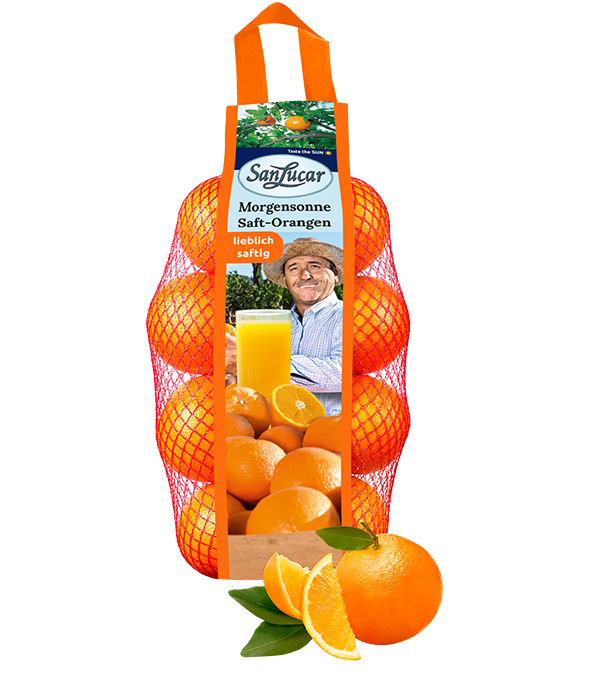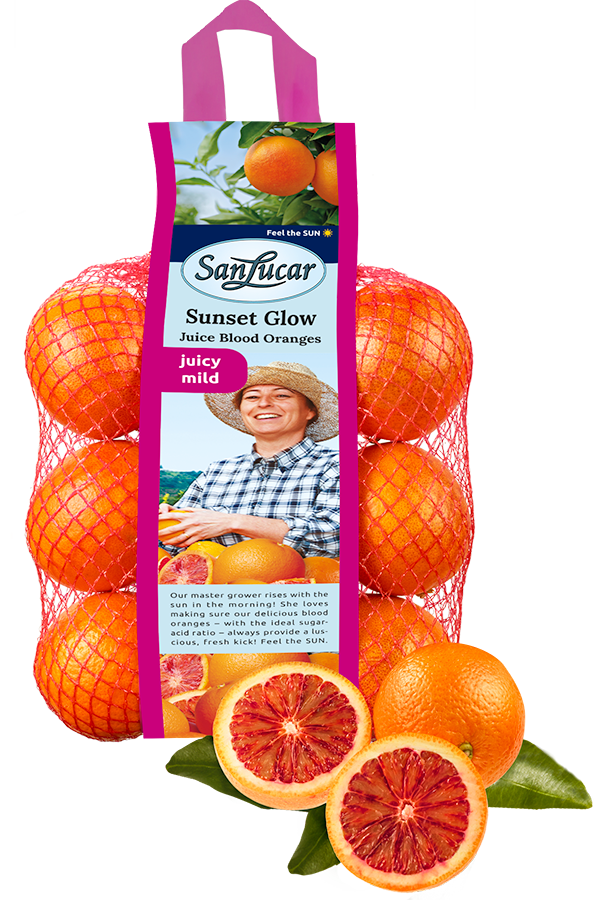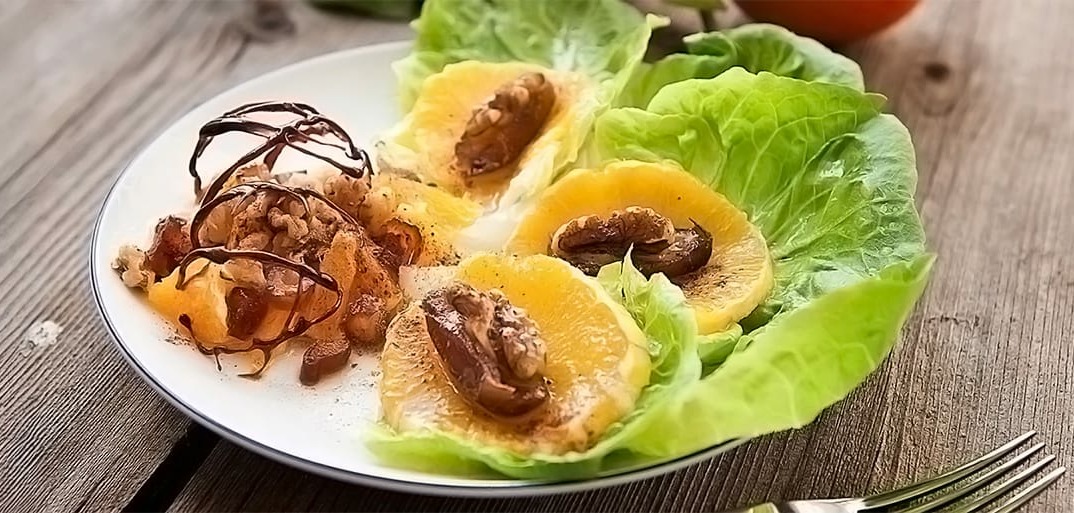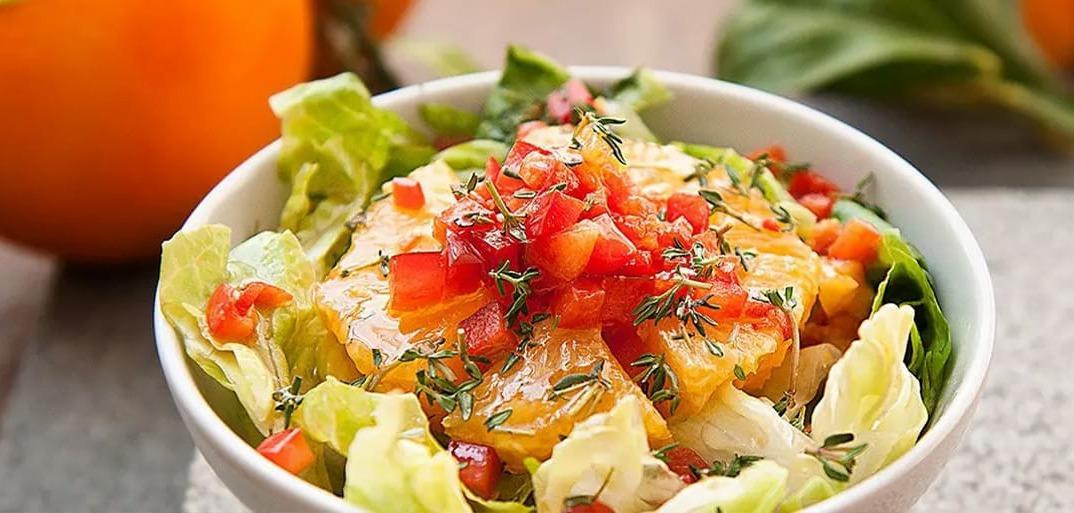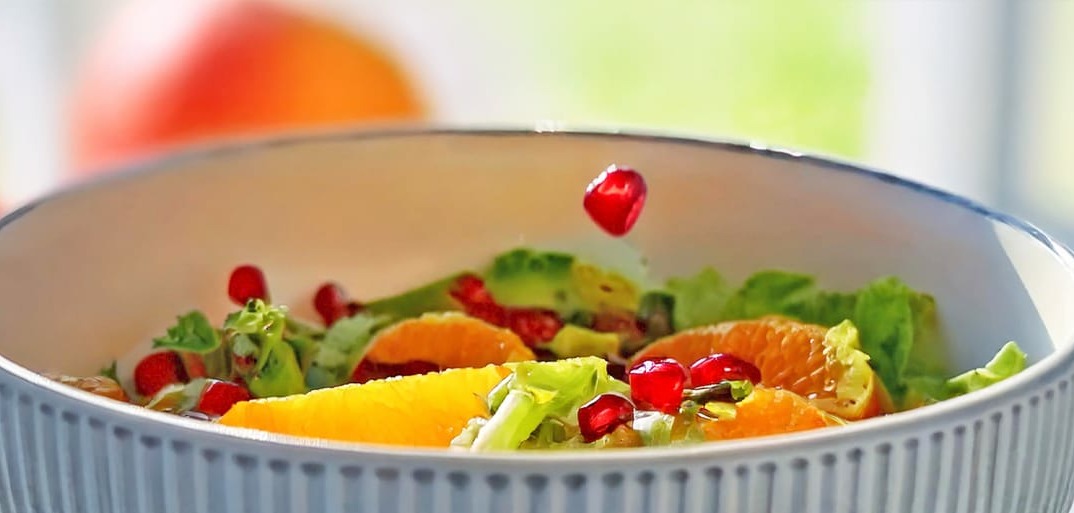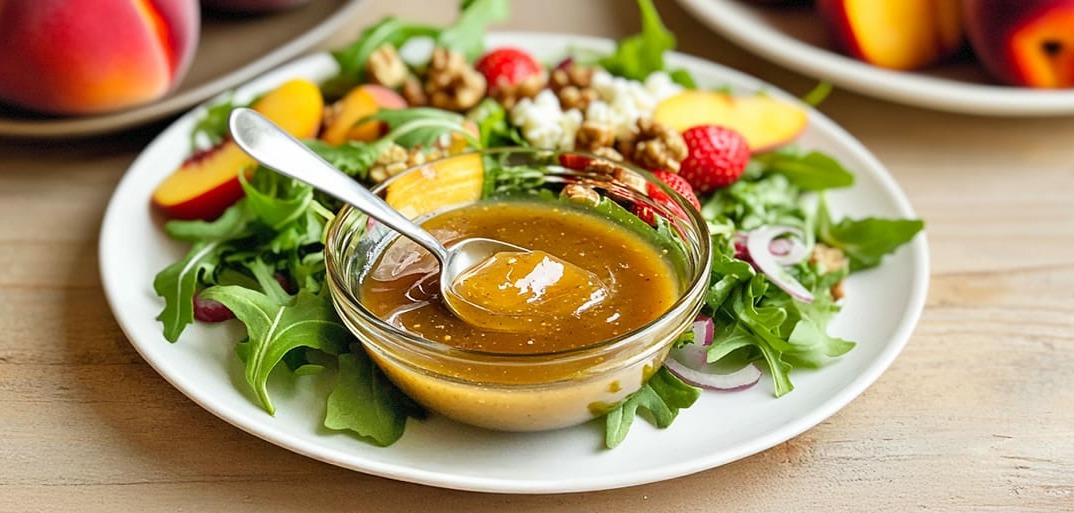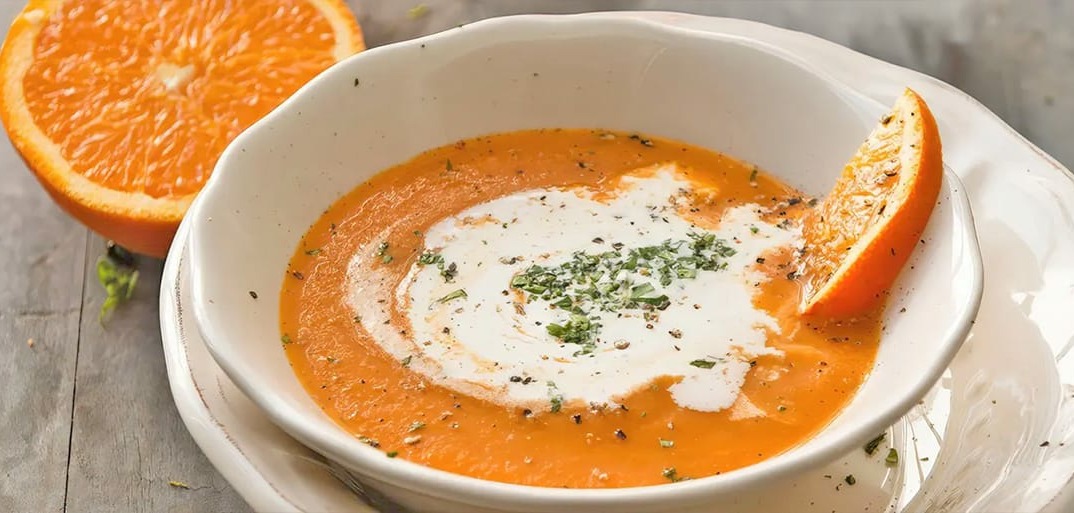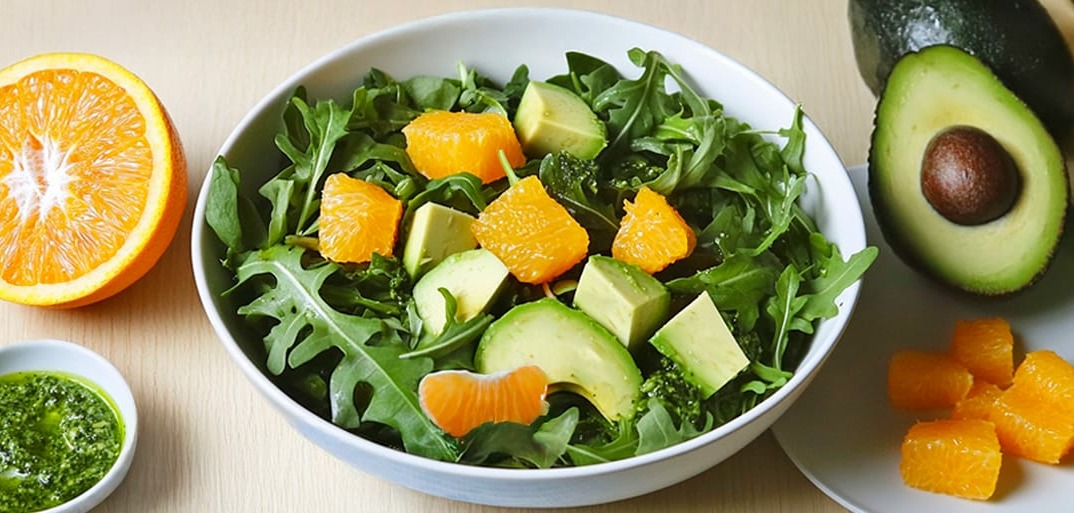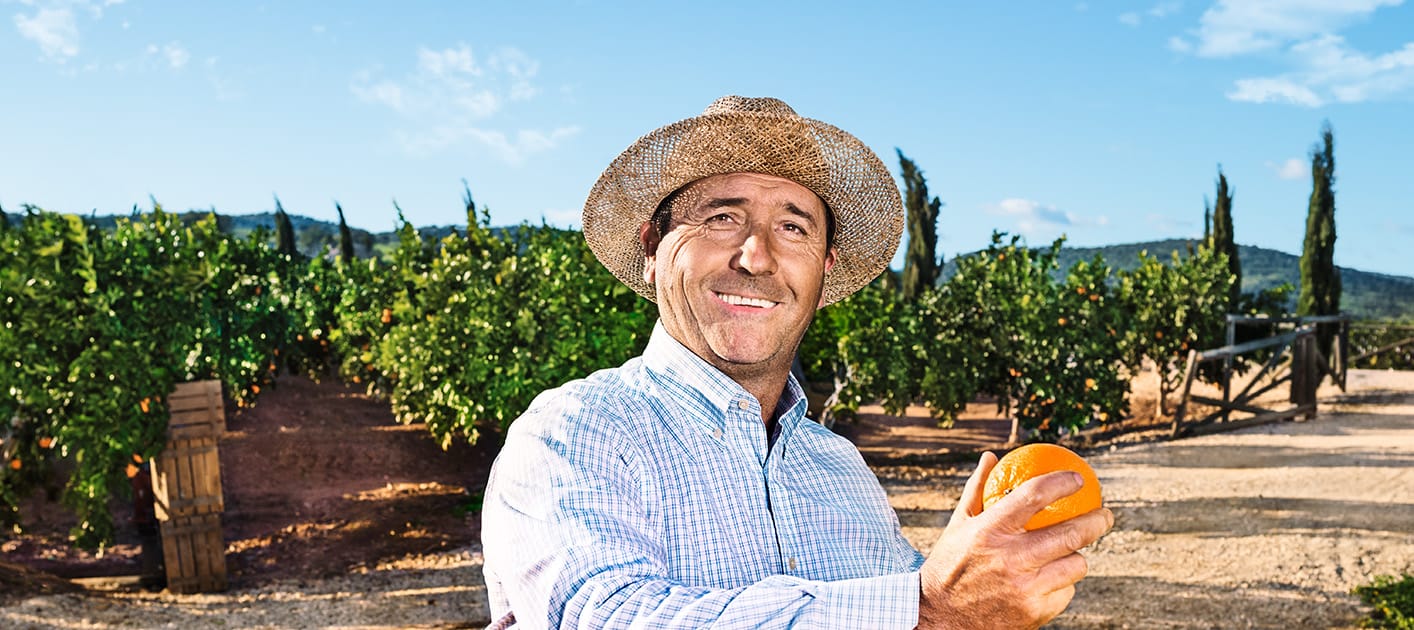
Unsere Zutaten? Die Natur!
A sunny start to the day.
Our oranges taste intense, sunny-sweet and juicy, which is mainly due to the loving care of our master growers like Jesús Vega.
For example, natural methods are used against harmful insects. Traps with attractants hang in the trees every few feet to keep them away from the sweet fruit. “We also use natural predators such as ladybirds against pests”, Jesús explains. Before picking, the fruits are tested for their juice content and sugar-acid ratio.
Only if both are ideal do we pick them gently by hand. And only the very best fruits are sent north as delicious SanLucar oranges.
In addition to different varieties of eating oranges, we also have sun-ripened Tarocco blood oranges and juice oranges. They are free from the bitter substance limonin and remain nice and sweet after squeezing.
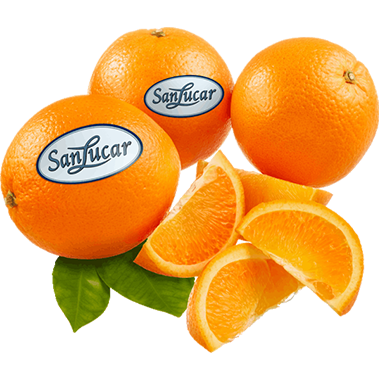
Good to know
Oranges retain their fresh flavour if they are kept in the fridge.
More interesting factsabout oranges
Country of origin
During the winter months, SanLucar oranges mainly come from Valencia, Spain. For example, in the high and late summer months also from South Africa.

Storage
It is best to store them in a cool place or even in the refrigerator, because they quickly lose flavor at room temperature. And it is better not to put them together with apples, because they emit the ripening gas ethylene.

Tips and special features
The fruits contain so much vitamin C that one 200-gram orange already covers the daily requirement of an adult. Oranges are not only delicious for snacking and drinking, but also emanate a pleasant fragrance when combined with cloves. To do this, poke holes in the orange peel with a toothpick or skewer, spike them with cloves, and your home will smell wonderfully natural and fresh.
Nutritional information
| Vitamin B (mg/100g) | 1.2 mg |
| Vitamin C (mg/100 g) | 45.5 mg |
| Vitamin E (mg/100 g) | 0.6 mg |
| Potassium (mg/100 g) | 164 mg |
| Calcium (mg/100 g) | 40 mg |
| Calorific values: Energy | 43 kcal |
| Fett thereof |
0.2 g |
| Monounsaturated fatty acids | |
| Polyunsaturated fatty acids | |
| Carbonhydrates | 8.3 g |
| of which sugar | 8.3 g |
| Protein | 1 g |
| Salt | 3 g |
| © German Food Code 3.02 |
History
Oranges originate from the southwest of China and have been known for 4000 years. With the discovery of the sea route by the Portuguese, the sweet fruits then came to us in Europe. Today, the sweet orange is the most widely cultivated citrus fruit in the world.
Taste in harmony with people and nature
We use our modern, digitally controlled water management system to save water, always rely on natural predators first when dealing with pests and protect the bees.
More about our social responsibility

